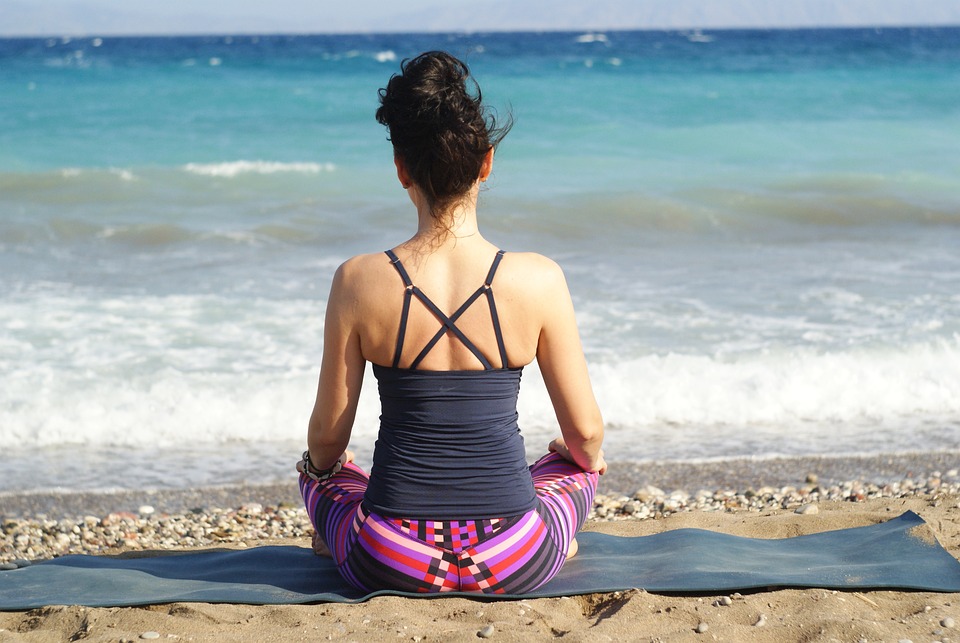Unlocking Inner Peace: The Power of Yoga Nidra Meditation
Are you feeling overwhelmed by the stresses of daily life? Do you find it difficult to relax and unwind after a long day? If so, you may benefit from incorporating Yoga Nidra meditation into your routine. This ancient practice has been used for centuries to promote relaxation, reduce anxiety, and improve overall well-being. In this article, we will explore the power of Yoga Nidra meditation and how it can help you unlock inner peace.
What is Yoga Nidra Meditation?
Yoga Nidra, also known as yogic sleep, is a form of meditation that induces a state of deep relaxation while maintaining full consciousness. During a Yoga Nidra session, practitioners are guided through a series of mindfulness techniques to help them relax their body, calm their mind, and connect with their inner self. This practice can be done lying down or seated, making it accessible to people of all ages and physical abilities.
The Benefits of Yoga Nidra Meditation
There are numerous benefits to incorporating Yoga Nidra meditation into your daily routine. Some of the most notable benefits include:
- Stress Reduction: Yoga Nidra helps to activate the parasympathetic nervous system, which promotes relaxation and reduces stress levels.
- Improved Sleep: Practicing Yoga Nidra before bed can help you fall asleep faster and enjoy a more restful night’s sleep.
- Enhanced Focus and Concentration: By calming the mind and reducing distractions, Yoga Nidra can improve your ability to focus on tasks at hand.
- Emotional Healing: Yoga Nidra can help you release pent-up emotions and trauma, leading to a greater sense of emotional well-being.
- Increased Self-Awareness: By connecting with your inner self during Yoga Nidra, you can gain a deeper understanding of your thoughts, emotions, and desires.
How to Practice Yoga Nidra Meditation
Practicing Yoga Nidra meditation is simple and can be done in the comfort of your own home. Follow these steps to get started:
- Find a quiet and comfortable space: Choose a quiet room where you won’t be disturbed and lie down on your back with your arms at your sides.
- Set an intention: Before beginning your practice, set an intention for what you hope to achieve from your Yoga Nidra session.
- Follow a guided meditation: You can find guided Yoga Nidra meditations online or through meditation apps to help you relax and focus during your practice.
- Focus on your breath: Pay attention to your breath as you relax your body and mind, allowing yourself to fully surrender to the present moment.
- End with gratitude: After your practice, take a moment to express gratitude for the experience and the benefits it has brought you.
Common Questions About Yoga Nidra Meditation
Is Yoga Nidra suitable for beginners?
Yes, Yoga Nidra is suitable for beginners as it is a guided practice that requires no prior experience with meditation. Simply follow along with a guided meditation to experience the benefits of deep relaxation and inner peace.
How long should I practice Yoga Nidra meditation?
You can practice Yoga Nidra meditation for as little as 10 minutes or as long as an hour, depending on your schedule and preferences. Even a short practice can help you relax and unwind after a busy day.
Can Yoga Nidra help with anxiety and depression?
Yes, Yoga Nidra has been shown to be effective in reducing symptoms of anxiety and depression by promoting relaxation, calming the mind, and improving emotional well-being. It can be a valuable tool in managing these mental health conditions.
Conclusion
Unlocking inner peace is possible through the practice of Yoga Nidra meditation. By incorporating this ancient technique into your daily routine, you can reduce stress, improve sleep, enhance focus and concentration, and connect with your inner self on a deeper level. Whether you are a beginner or an experienced meditator, Yoga Nidra can help you achieve a greater sense of well-being and inner peace. Try incorporating this powerful practice into your daily routine and experience the transformative benefits for yourself.

